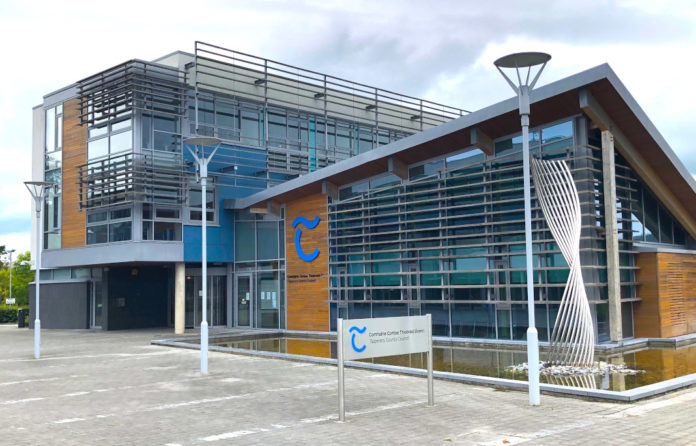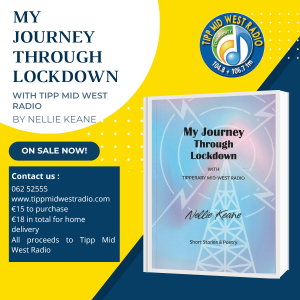Tipperary Councillors have voted to increase the local property tax by 10% from the base rate.
The increase will remain in effect for 2 years as there was a change in the regulations this year that allows councils to make a decision for up to two years. 27 councillors voted in favour while 10 voted against the increase. The Council CEO had sought the increase to raise a sum of €1,034,710 per annum for each of the next two years. Councillors each year have the option to vote to vary the tax in their Local authority by an amount between plus or minus zero to 15%.
For 2022 many households benefited from an adjustment in valuation band and 61.40% of houses are in the band with a valuation between < €200,000. Currently 95.1% of properties in Tipperary come within the first three property bands with a valuation of €350,000 or less and almost 22% of households will have a substantial reduction in LPT in 2023 as in the current year. This is considerably lower than the average for the State.
| LPT 2022 Valuation Bands | €0-200,000 | €200,001-262,500 | €262,501-350,000 | Over €350,000 |
| Tipperary County Council | 61.40% | 22.70% | 11.00% | 4.9% |
The CEO proposed that this additional income of €1,034,710 be allocated as follows in the 2023 Budget:
58.3% of this amount, €603,680 is to be allocated to the General Municipal Allocation (GMA), which will maintain it at 2022 levels – this allocation is based on the population in reach Municipal District as shown below. The remaining 41.7% , €431,030 is to be allocated for additional support for Leisure Centres & Arts Centres in the county.
| District | Population based on 2016 Census | Additional from LPT Variation 10% – 58.3% to GMA | % | |
| € | ||||
| Carrick-on-Suir Municipal District | 19,440 | 73,553 | 12.18% | |
| Clonmel Borough District | 24,310 | 91,979 | 15.24% | |
| Tipperary – Cahir- Cashel Municipal District | 42,099 | 159,284 | 26.39% | |
| Nenagh Municipal District | 37,728 | 142,746 | 23.65% | |
| Thurles Municipal District | 35,976 | 136,118 | 22.55% | |
| Total | 159,553 | 603,680 | 100.00% |
Tipperary County Council Executive has expressed satisfaction at the decision taken by councillors to increase the Local Property Tax by 10% this year and retain that increase in 2024.
Each year councillors have the option to vary the local rate by a range of plus or minus 0 to 15%.
In addition this year because the home valuation bands were revised for the first time since 2013 some households are seeing a reduction in their bill estimated to be 30% of Tipperary households.
County Tipperary CEO Joe McGrath says the decision provides confidence to local communities, public arts and leisure centres across the county that the Council will be in a position to continue to support them for the next 2 years.
Facilities such as the Clonmel, Tipperary town, Roscrea, Thurles and Nenagh Leisure Centres, South Tipperary Arts Centre, Canon Hayes Recreation Centre and Excel Centre in Tipperary town, the Sean Kelly Centre in Carrick on Suir and others have benefitted in the past from this money and will continue to receive an allocation in 2023.
At District level, decisions by the Elected Members early in 2023 will see over €600,000 raised from the local property tax distributed to community groups, tidy towns associations and other worthwhile projects.
Overall, households in Tipperary will pay €1.7 million less in Local Property tax in 2022 than they paid in 2021 while the amount of equalisation funding from Government to Tipperary County Council has now increased to over €15.6 m. Tipperary County council wants to reassure the public that every euro of the money raised as a result of the increase will be invested back into local communities and local facilities across County Tipperary.
Slightly more than €10M will be collected in Tipperary from the LPT and this is supplemented by €15.6M from central government via the equalisation fund to provide adequate funds to provide services in the county.
Several councillors supported the increase while also making the case for a new approach to local government funding.



















